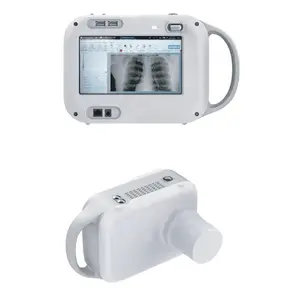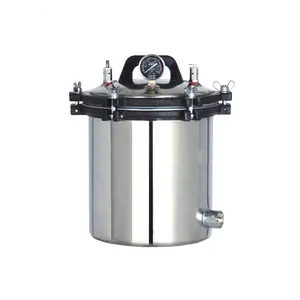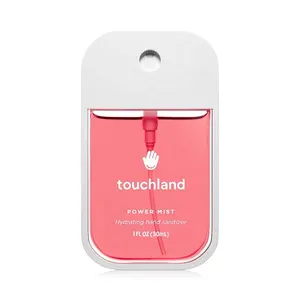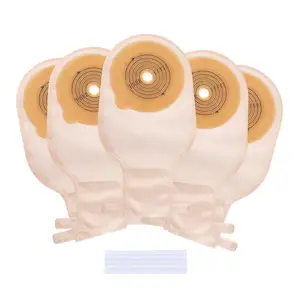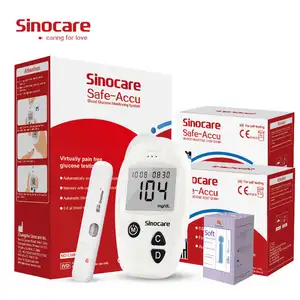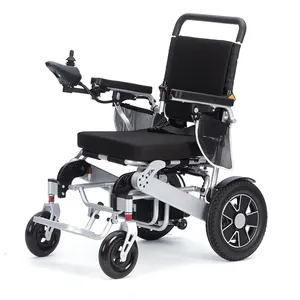Populair in uw branche































































Topcategorieën
Over emg naaldelektroden
Uw klinische onderzoeken en analyses worden nu gemakkelijker gemaakt dankzij modern. emg naaldelektroden op Alibaba.com. Deze technologisch geavanceerd. emg naaldelektroden bieden een betere analyse samen met een hogere precisie en zorgen voor consistente prestaties. Deze. emg naaldelektroden zijn eenvoudig te bedienen en kunnen volledig worden aangepast aan uw wensen. Koop deze producten bij erkende en geverifieerde leveranciers op de site.
De robuuste en geavanceerde. emg naaldelektroden die hier worden aangeboden, zijn gemaakt van hoogwaardige producten zoals plastic, metaal, geharde vezels, enzovoort, en zijn verkrijgbaar in meerdere uitvoeringen. Deze producten zijn populair bij klanten vanwege hun doeltreffendheid en hebben minimaal tot nul onderhoud nodig. De. emg naaldelektroden werken op batterijen of worden elektrisch aangedreven en zijn verkrijgbaar in zowel semi-automatische als automatische opties. Hiermee kunt u een groot aantal verschillende klinische onderzoeken en tests uitvoeren. emg naaldelektroden.
Bij Alibaba.com kunt u kiezen uit een groot aantal. emg naaldelektroden afhankelijk van hun afmetingen, vormen, capaciteiten en functies, zoals thermische cycler, automatische hematologieanalysator, gezondheidsanalysator, diabetische analysator, bloedanalysator en nog veel meer. Al deze. emg naaldelektroden zijn CE, ISO, BIOBASE, SGS gecertificeerd om een optimale en veilige kwaliteit te garanderen. U kunt ook kiezen uit. emg naaldelektroden die worden geleverd met intuïtieve interfaces, interne of externe printers, slimme temperatuurregelaars en meerdere tests tegelijk kunnen uitvoeren.
Kies uit een groot aantal. emg naaldelektroden opties en koop producten die passen bij uw budget. Deze producten zijn beschikbaar als OEM-bestellingen en kunnen ook worden verpakt volgens uw eigen wensen. Geniet van geweldige kortingen op bulkaankopen.
